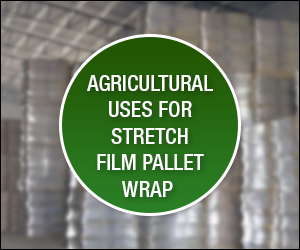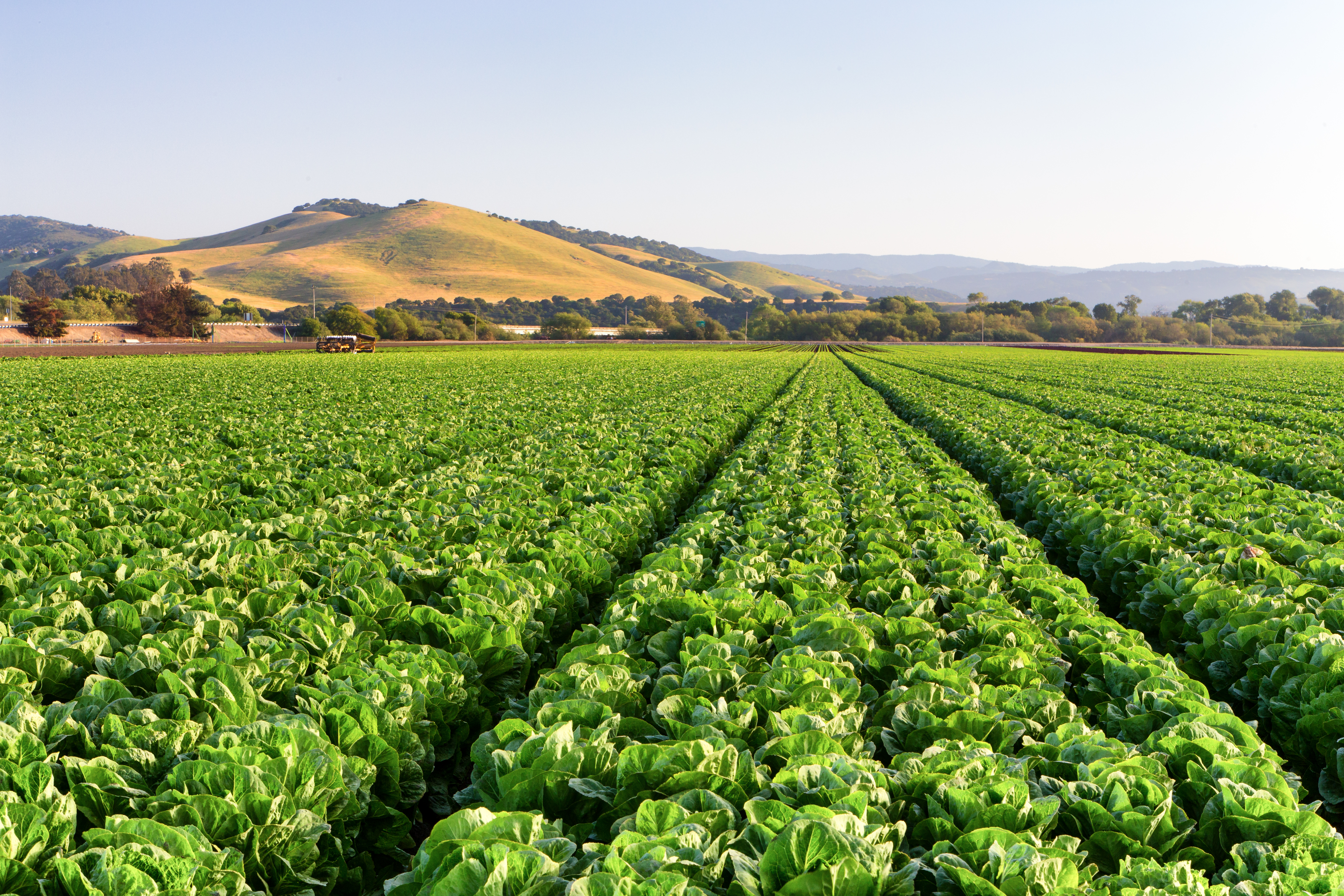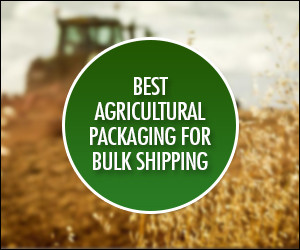Do you package and sell produce? In order to preserve your produce and make the most of it, you need to have proper packaging. When you choose a packaging that is best for the needs that you have, you are going to benefit the most. Western Packaging is a wholesale packaging company that can help you with all of your packaging needs.
What Are The Four Factors to Consider In Packaging?
There are many things to consider when choosing the right packaging for your produce. You want it to not only be economically right but also be the best option for sustainability. There are four factors that you can use to help you make the best decision, and they are:
- Manufacturing
- Supply Chain
- Business
- Brand and Marketing
Most of the time, when you purchase produce, it will be in a loose plastic package or a vacuum-sealed one. Plastic or poly bags are often less expensive than other packaging options and are sold in readymade pouches or on rolls of film. Vacuum sealed is going to preserve items longer. Where you purchase your packaging is a personal decision made by the company. You want to make sure you are making the right best decision for your company.
What Are The Three P’s In Packaging?
When you are shopping for packaging for your produce, it can be a little stressful. Not in a bad way, but you want to make the right decision. There are many things that you are thinking about and considering. The three P’s that we recommend you consider are:
- Perceived Value & Use
- Product Protection
- Printed Marketing
Protection of your produce is very important. Product packaging is pointless if it has an exquisite design that promises customers it was built just for them but can’t get from your facility to the stores without getting damaged. You don’t want your produce to arrive damaged at the store. This would not be good for business.
What Should Be Included In Product Packaging?
Research is important to do before you make a final decision on the packaging you choose. Look around and get some recommendations. This will help you know the pros and cons of different products. When you have made your decision, you have to make sure you can include everything you need in it. Some of the information that is provided on the packaging is:
- Functional Benefits
- Brand
- Product Type
- And More
That goes for vegetables and fruits as well. The company name and other information is oftentimes located on the packaging. The items that are not prepackaged obviously do not have this information.
What Packaging Is Best To Use?
The type of packaging that you use highly depends on what you are packaging inside of it. Everything is going to survive and thrive better in different types of materials. Doing some research and knowing the type of material you are looking for, will be much easier to make a decision.
There are a variety of types that you can choose from. Some of the options that you have are:
- Glass Packaging
- Flexible Packaging
- Paper Packaging
- Fiberboard Packaging
- And More
Most Commonly Used Produce Packaging Materials
It’s a good rule of thumb to treat your items as you would treat yourself when it comes to the materials you select to package your product. The right space for the right package significantly impacts the final result. Just as you wouldn’t want to live in a house that is either too big or too little, your product also deserves an adequately and comfortably sized area to reside as it is packaged, shipped, and eventually sold. Let’s examine some of the more commonly used food packaging materials.
Paper
Environmentally friendly but not reusable. Although they won’t keep food fresh for long, paper bags, cups, and plates are good for temporary use. Paper items should only be used once.
Glass
It is non-reactive and suitable for safely storing leftovers because it won’t leech anything into food items. Glass containers are also safe to use in the oven, microwave, and dishwasher. Glass can be heavy, which is a drawback. It also breaks easily.
Metal
Durable, non-reactive, and recyclable are some beneficial qualities of aluminum and stainless steel. Metal, on the other hand, transfers heat and cold, thus, it might not preserve food at the proper temperature. Over time, some metals may also develop dents or begin to rust.
Plastic
Cost-effective, portable, and versatile. A variety of sizes and forms are available for plastic containers. However, some plastics are not environmentally friendly and can leach toxins into food. Find plastics with the recycling codes #2 (HDPE), #4 (LDPE), or #5 (PP) and those that are BPA-free.
Fresh produce is best packaged using clamshells, bags, and containers made of plastic, allowing visibility while shielding the product from damage and extending shelf life. To prevent the buildup of too much moisture, perforated bags also allow for airflow.
Choose The Design Carefully
The design that you choose for your packaging is very important. Even when it comes to your produce. What is seen on the outside is what tells people about your product. Overall, you will have more success with package design if you keep your target audience at the forefront of your design. Consumers will become confused and lose faith if there is a mismatch between the materials you choose or the style of your package, and the message of your brand. Some produce doesn’t come in a pre-made package, but several items do.
Some of the things that you should think about when choosing your package design are:
- Have An Idea About What You Want Your Product To Portray
- Make The Design Resemble Your Vision
- Inspect The Packaging Thoroughly Before Giving Approval
- And Much More
Staying Within Your Packaging Budget
It’s critical to consider your budget while selecting food packaging. Packaging prices can vary greatly depending on the product and type of material. Generally speaking, plastics are the most cost-effective material choice, while more environmentally friendly options like recycled materials cost a little more upfront.
For your packaging requirements, think about establishing and sticking to a budget. Obtain price quotes from many vendors to compare and identify the most competitive offers. Purchasing in bulk or using generic packaging over customized packaging may allow you to save money. Consider using simple, flexible packaging that can be utilized for various products if price is a factor. By doing this, waste and the requirement to purchase unique packaging for each item are decreased.
Contact Western Packaging For More Information
If you are in the market for produce packaging, call Western Packaging now. Our staff would be happy to help you make the best decision on packaging for your business needs. We will give you any advice or information that you are needing. Don’t hesitate to call, we look forward to hearing from you soon.






Sorry, the comment form is closed at this time.